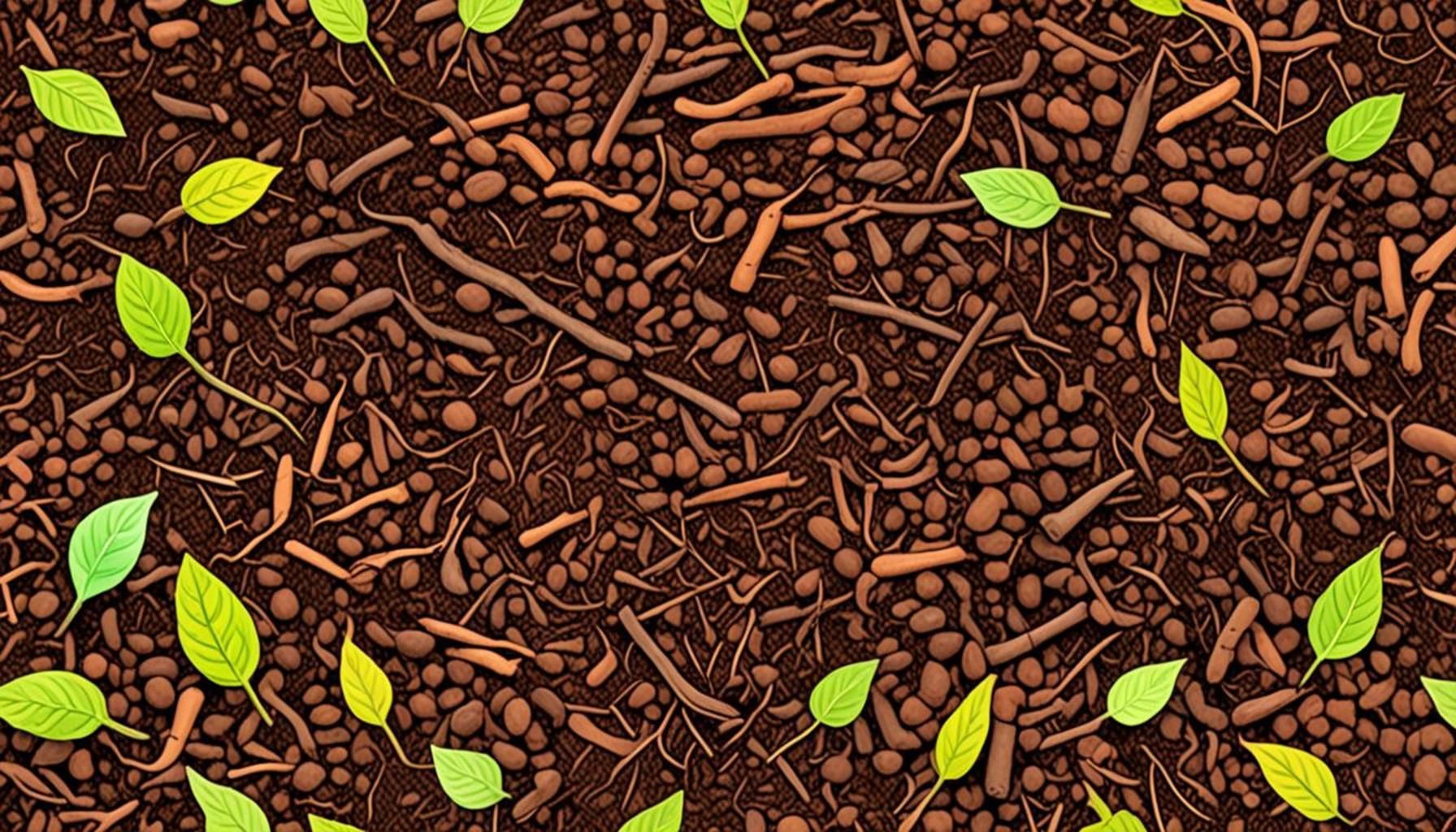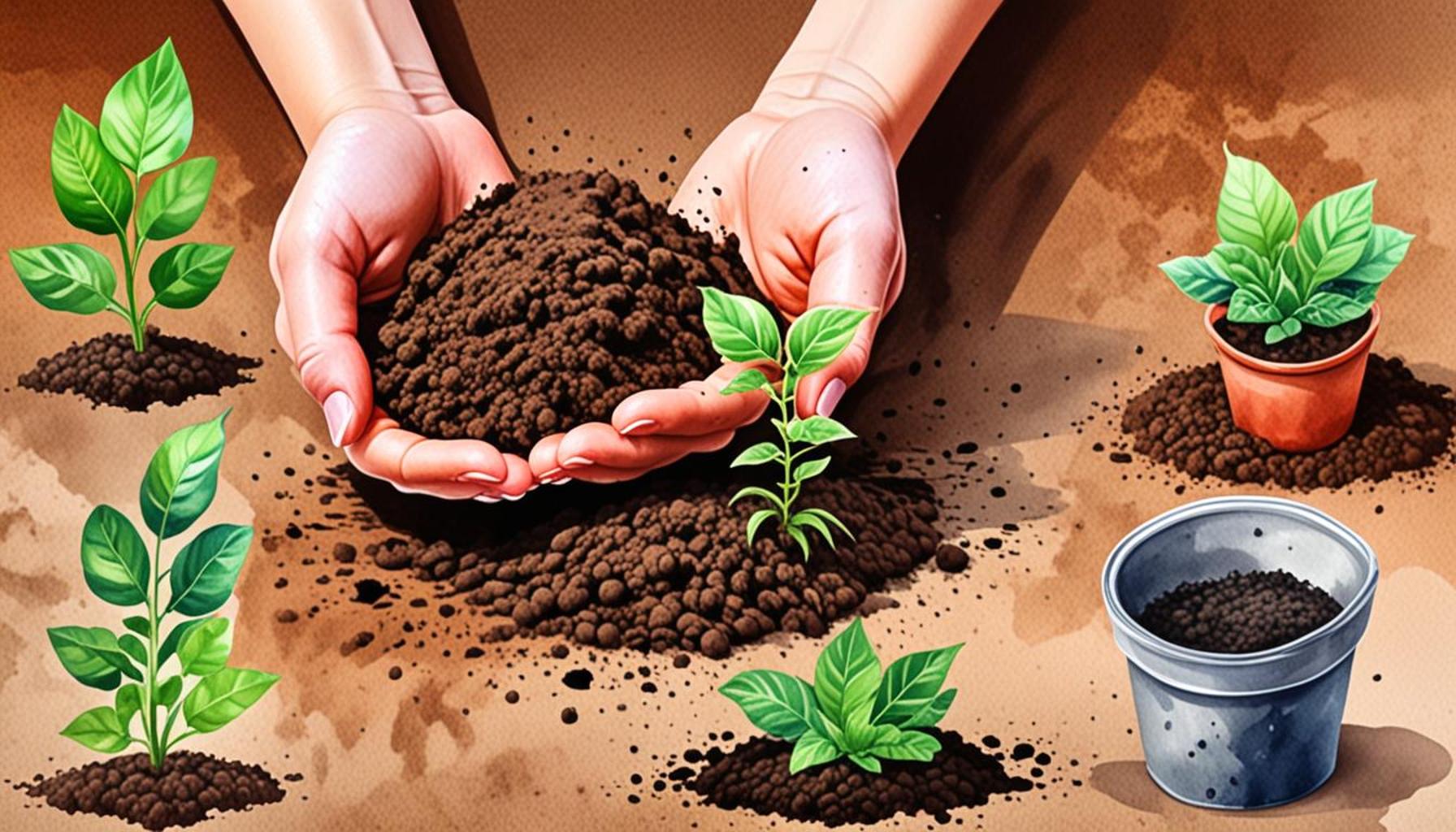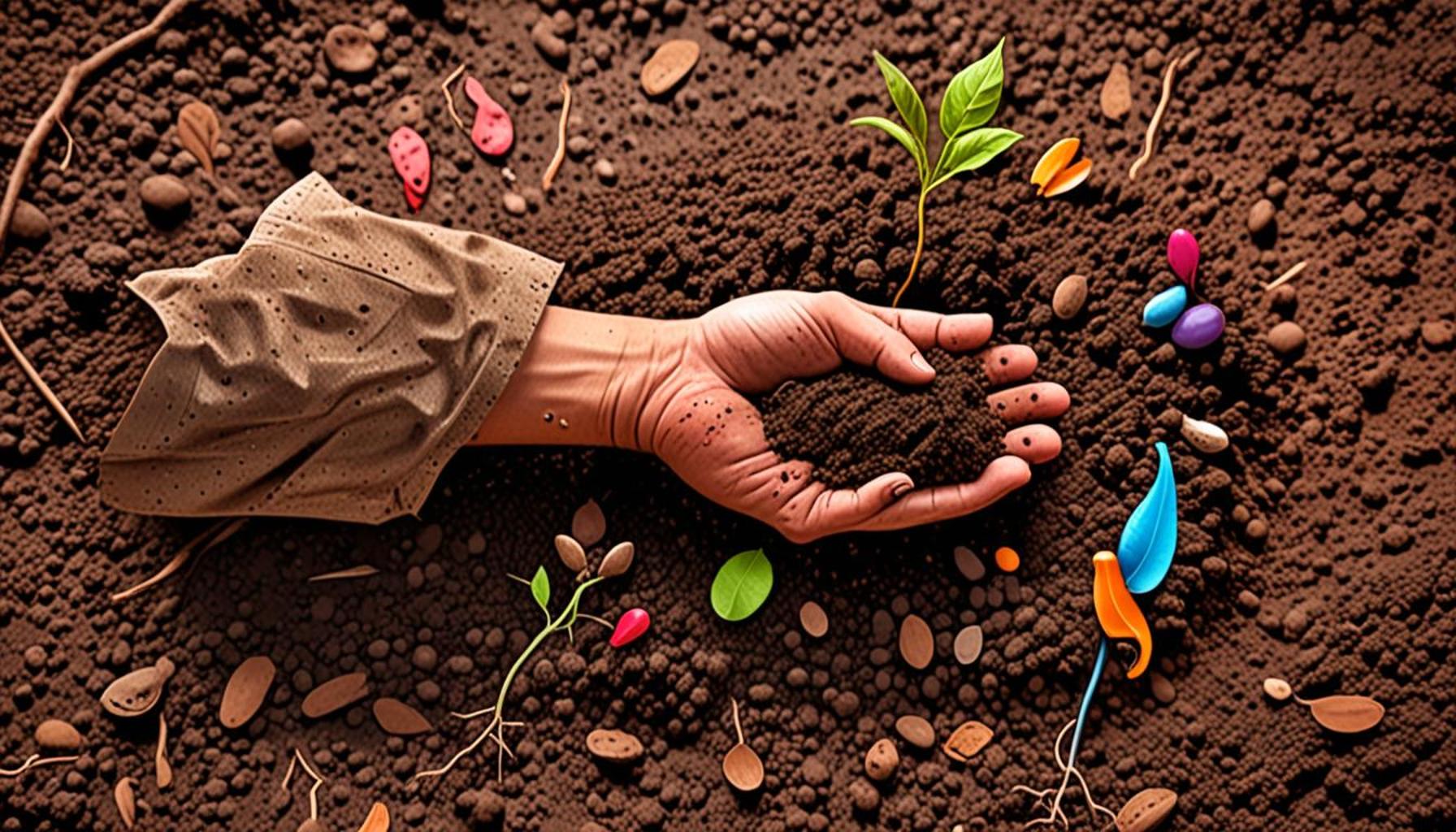Understanding Soil Types: Choosing the Right One for Your Home Garden
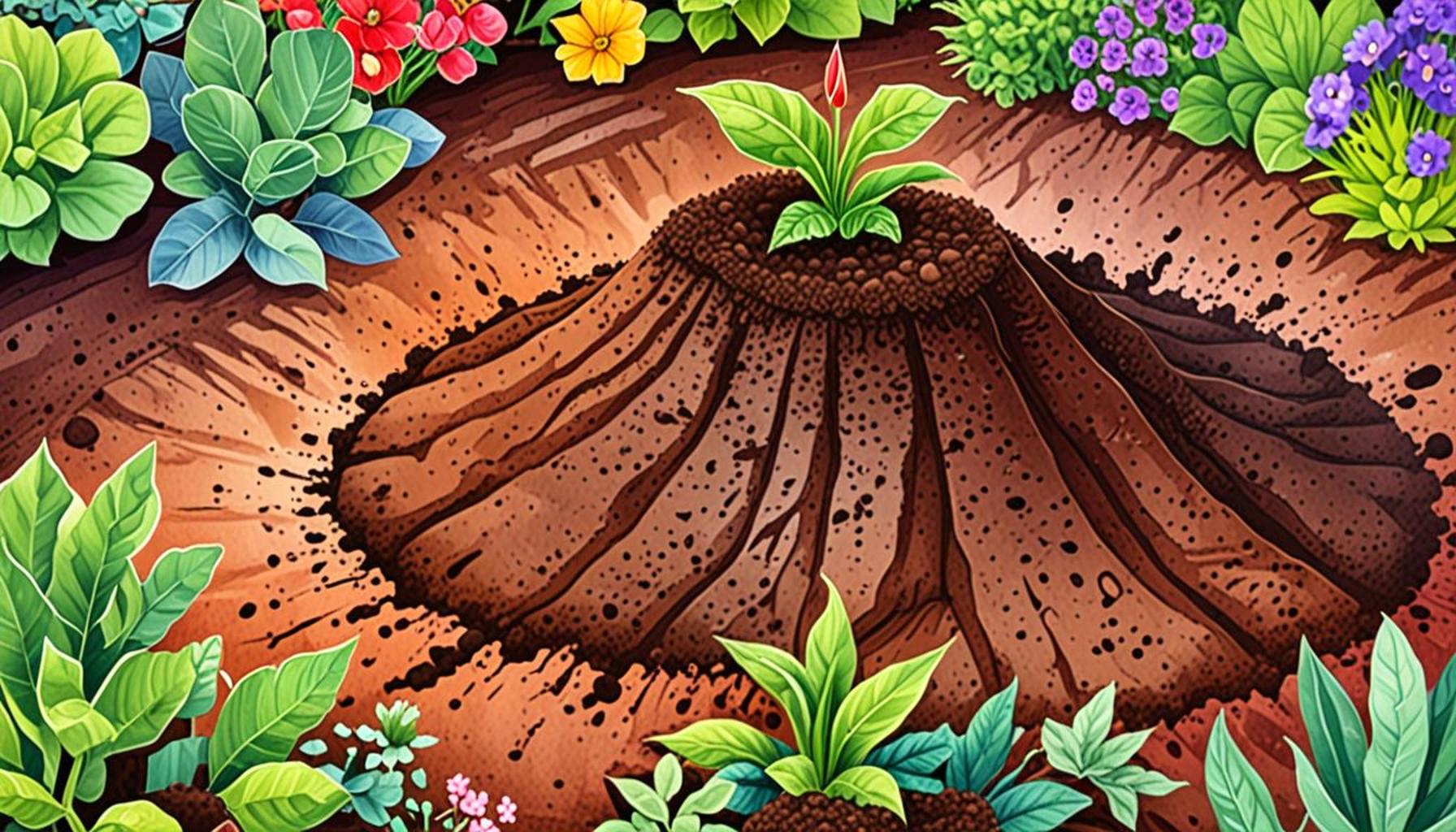
Soil is the unsung hero of any thriving garden. It provides essential nutrients and water, anchoring plants as they grow. However, not all soil types are created equal, and understanding this can make or break your gardening success.
In the United States, gardeners encounter a variety of soil types, each with unique characteristics that significantly influence plant health. Recognizing these distinctions is paramount for gardeners who want to cultivate a flourishing garden. Here are some common types:
- Clay Soil: This type is heavy and sticky, known for its moisture-retaining properties. While it can be rich in nutrients, clay soil drains poorly, which can lead to waterlogged roots and hinder plant growth. Gardeners often combat these issues by adding organic matter such as compost or peat moss to improve drainage.
- Sandy Soil: Sandy soil drains quickly and warms up faster than other types, making it ideal for early spring plantings. However, it tends to be low in nutrients due to its rapid drainage. To enrich sandy soil, gardeners often incorporate compost, mulch, or fertilizers that can help retain moisture and nutrients.
- Silt Soil: A balance between clay and sand, silt soil holds moisture and nutrients well, making it a desirable option for many types of plants. Its fine texture allows for excellent drainage, and it is generally easier to work with than heavier clay soils. While silt is beneficial, it is crucial to monitor for erosion, particularly in areas with heavy rainfall.
- Loamy Soil: Often considered the pot of gold at the end of the gardening rainbow, loamy soil is a rich blend of sand, silt, and clay. This mix offers the best of all worlds, allowing for excellent drainage and nutrient retention. It is highly versatile and supports a wide variety of plants, making it the preferred choice for many gardeners.
Choosing the right soil type for your home garden is crucial for plant health. Factors such as drainage, pH, and nutrient content play a significant role in determining what can flourish in your space. Understanding these elements not only enhances plant growth but also reduces maintenance. For example, soil pH can affect a plant’s ability to absorb nutrients, with most vegetables preferring a pH between 6.0 and 7.5. Regular testing can inform you about necessary amendments.
Join Us on This Journey
We’ve compiled essential insights to help you select the ideal soil for your garden. Discover not only how to assess your current soil but also the importance of organic matter in improving soil structure and fertility. Organic compost can improve any type of soil by promoting beneficial microorganisms and enhancing nutrient availability.
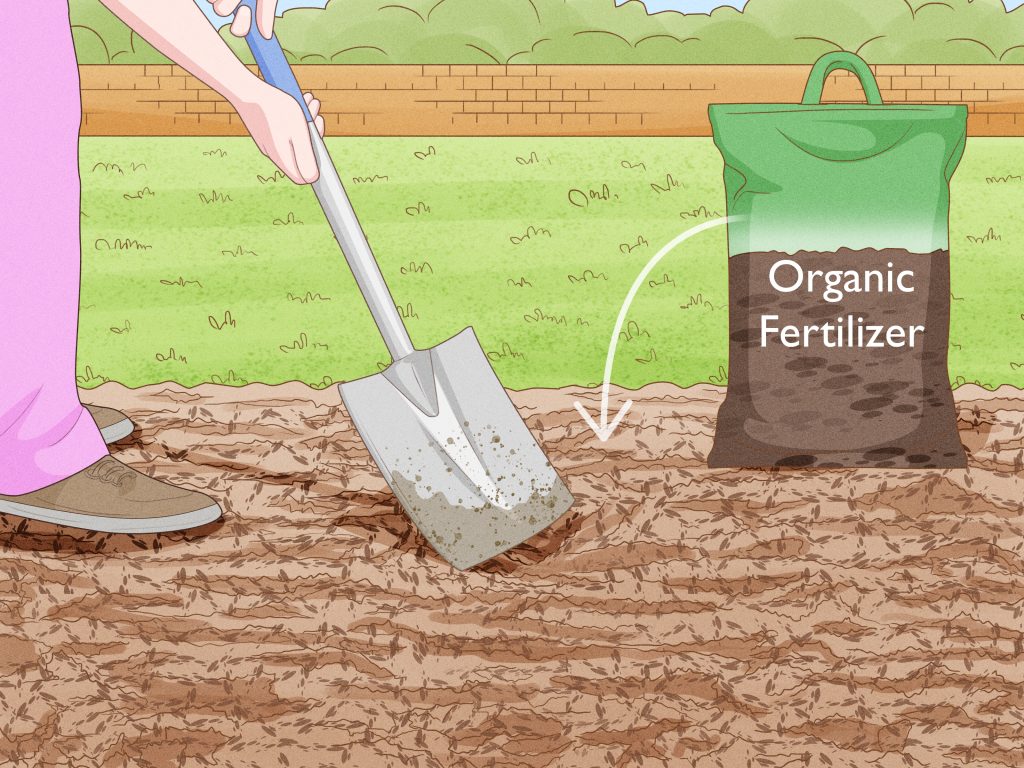
Along the way, we will provide tips for amending various soil types. This journey promises to equip you with the knowledge needed to create the garden of your dreams, starting from the ground up!
DISCOVER MORE: Click here to learn about essential tools for soil preparation
Assessing Your Soil: The First Step to a Thriving Garden
Understanding your soil type is more than just a starting point for gardening; it’s the foundation for success. Each soil type offers distinct characteristics and challenges that can dramatically impact the health and vitality of your plants. Before you embark on your gardening journey, it’s crucial to evaluate your existing soil conditions. This evaluation can help you make informed decisions about what crops to plant and the amendments you’ll need to apply to create an ideal growing environment.
Performing a Soil Test
Testing your soil is a straightforward process and can reveal important information about pH levels, nutrient content, and organic matter. A variety of at-home test kits are available at local gardening stores or online, and many state agricultural extension offices provide testing services for a nominal fee. By assessing your soil, you can tailor your gardening practices based on scientific data.
- pH Levels: As mentioned earlier, soil pH can greatly influence nutrient absorption. Most garden plants thrive in a slightly acidic to neutral range (pH 6.0 – 7.5). Understanding this will help you choose suitable plants and determine if you’ll need to amend your soil.
- Nutrient Content: A soil test report will typically outline essential nutrients such as nitrogen, phosphorus, and potassium, as well as secondary and micronutrients. This knowledge allows you to pinpoint deficiencies and select appropriate fertilizers or amendments.
- Texture Analysis: While some kits provide a hands-on approach to texture analysis, you can also perform a simple jar test. By shaking a sample of soil with water, you can observe how the soil settles, helping to classify it as clay, sandy, silt, or loamy.
Improving Soil Quality
Once you’ve evaluated your soil, it’s time to consider how to improve it for optimal plant growth. Adding organic matter is one of the most effective strategies to enhance soil structure and fertility. Organic matter not only helps improve drainage and moisture retention, particularly in clay and sandy soils, but also fosters a vibrant ecosystem of soil microorganisms that are vital for plant health.
Here are some practical methods for amending soil:
- Compost: Incorporating compost enriches soil with nutrients and improves its structure. It’s ideal for all soil types and encourages beneficial microbial activity.
- Mulch: Applying organic mulch can reduce evaporation, suppress weeds, and as it decomposes, it adds nutrients back into the soil.
- Cover Cropping: Planting cover crops, such as clover or vetch, during the off-season can help fix nitrogen in the soil, enhance organic matter, and reduce erosion.
By taking the time to assess and improve your soil, you equip yourself with the knowledge necessary to create a vibrant garden that flourishes with minimal maintenance. The following sections will delve even deeper into specific soil types and offer tailored strategies for creating a thriving home garden.
Understanding Soil Types: Choosing the Right One for Your Home Garden
When planning your home garden, it’s crucial to recognize the different soil types available and how they impact plant growth. Each soil type has unique characteristics that can either enhance or hinder your gardening efforts. Understanding these characteristics will enable you to select the right soil type tailored for your specific plants and garden design.
Here’s a succinct table highlighting the advantages of varying soil types, each essential to creating a thriving home garden:
| Soil Type | Advantages |
|---|---|
| Clay Soil | Retains moisture and provides nutrients, making it ideal for heavy-feeding plants. |
| Sandy Soil | Offers excellent drainage and warmth, best suited for drought-resistant plants. |
| Loamy Soil | A balanced mix, rich in nutrients that supports a wide range of plants. |
Understanding these soil types not only helps in selecting the right one for your home garden but also in improving your garden’s overall productivity. If you’re curious about more specific soil amendments or enrichment techniques, don’t hesitate to dive deeper into soil health and management.
By selecting the correct soil type, you’ll set the foundation for a flourishing garden that can thrive through the seasons. Remember, healthy soil leads to vibrant plants and, ultimately, a bountiful harvest!
DIVE DEEPER: Click here to learn more about enhancing soil health
Exploring Different Soil Types and Their Unique Characteristics
As you delve deeper into the world of gardening, understanding the various soil types becomes essential. Each soil type exhibits unique physical and chemical properties that influence how well plants adapt and thrive. By familiarizing yourself with these characteristics, you can select the most suitable plants for your garden and optimize your cultivation practices. Let’s explore the four primary soil types: clay, sandy, silt, and loamy soils, along with their advantages and challenges.
Clay Soil
Clay soil is notorious for its dense and compact nature, consisting of fine particles that can hold moisture effectively. However, this also leads to poor drainage, which can suffocate roots and hinder plant growth. If you live in an area with clay soil, you may benefit from:
- Raised Beds: Elevating your garden beds can facilitate better drainage and prevent waterlogging.
- Organic Amendments: Adding compost or well-rotted manure can improve soil structure, making it more workable and nutrient-rich.
- Appropriate Plant Selection: Opt for plants that thrive in moist environments, such as ferns and certain types of shrubs.
Sandy Soil
Sandy soil features large particles, providing excellent drainage and aeration. However, this type of soil has a tendency to drain quickly, often leaching valuable nutrients and moisture. To enhance the productivity of sandy soil, consider the following:
- Regular Watering: Because sandy soil dries out rapidly, more frequent watering is essential to keep plants hydrated.
- Organic Matter Addition: Incorporating compost can help retain moisture and improve nutrient content, fostering a more suitable environment for most plants.
- Drought-Resistant Plants: Focus on plants that are native to arid conditions, such as succulents or some types of herbs, which can thrive in these soils.
Silt Soil
Silt soil is often considered a gardener’s delight due to its balanced texture, which falls between clay and sandy soils. It retains moisture while also draining excess water effectively. This balance makes silt soil ideal for a wide range of plants. However, it is crucial to:
- Avoid Compaction: Silt soil can be prone to compaction, which can hinder root development. Regular tilling or adding organic matter will keep it loose.
- Maintain Nutrients: Since silt soil is rich in nutrients, it’s important to monitor its pH and nutrient levels to maintain optimal growing conditions.
- Crop Rotation: By rotating crops each season, you can prevent nutrient depletion and help maintain soil fertility.
Loamy Soil
Often regarded as the ideal soil type, loamy soil is a harmonious mix of sand, silt, and clay. It combines excellent drainage, moisture retention, and nutrient availability, making it perfect for a home garden. To sustain its quality:
- Regular Testing: Even loamy soil benefits from periodic testing to ensure it remains balanced in pH and nutrient content.
- Continuous Organic Addition: Regularly incorporating compost or other organic materials will enhance the soil’s fertility and support plant health.
- Diverse Plant Selection: With loamy soil, you can grow a wide variety of vegetables, herbs, and flowers, allowing for a vibrant and diverse garden.
Understanding the characteristics of these soil types enables you to choose not only the right plants but also the best amendments and cultivation techniques for your home garden. Tailoring your approach based on your soil type will lead to improved plant health and a more productive gardening experience.
DIG DEEPER: Click here to learn about organic matter in soil health
Conclusion
In summary, a thorough understanding of soil types is pivotal for any home gardener aiming to cultivate a thriving garden. Each type, whether it be clay, sandy, silt, or loamy soil, presents distinct advantages and challenges that require tailored strategies for optimal growth. By recognizing the characteristics of your soil, you can make informed decisions that will directly impact the health of your plants and the overall productivity of your garden.
For instance, if you are working with clay soil, implementing raised beds and enriching the soil with organic matter can help mitigate drainage issues. Conversely, in sandy soils, consistent watering and the addition of nutrients can turn a challenging scenario into a flourishing oasis. Recognizing the unique nature of silt and loamy soils allows for a diverse selection of plants and a more balanced approach to maintenance, ensuring a vibrant garden that thrives across the seasons.
To elevate your gardening journey, consider also conserving and enhancing your soil’s health through practices such as crop rotation and routine testing. As you experiment and become more attuned to your designated soil type, you’ll not only foster a sustainable environment for your plants but also cultivate your gardening skills. Embrace the nuances of soil types to unlock the full potential of your home garden, and revel in the joy of nurturing life from the ground up.
